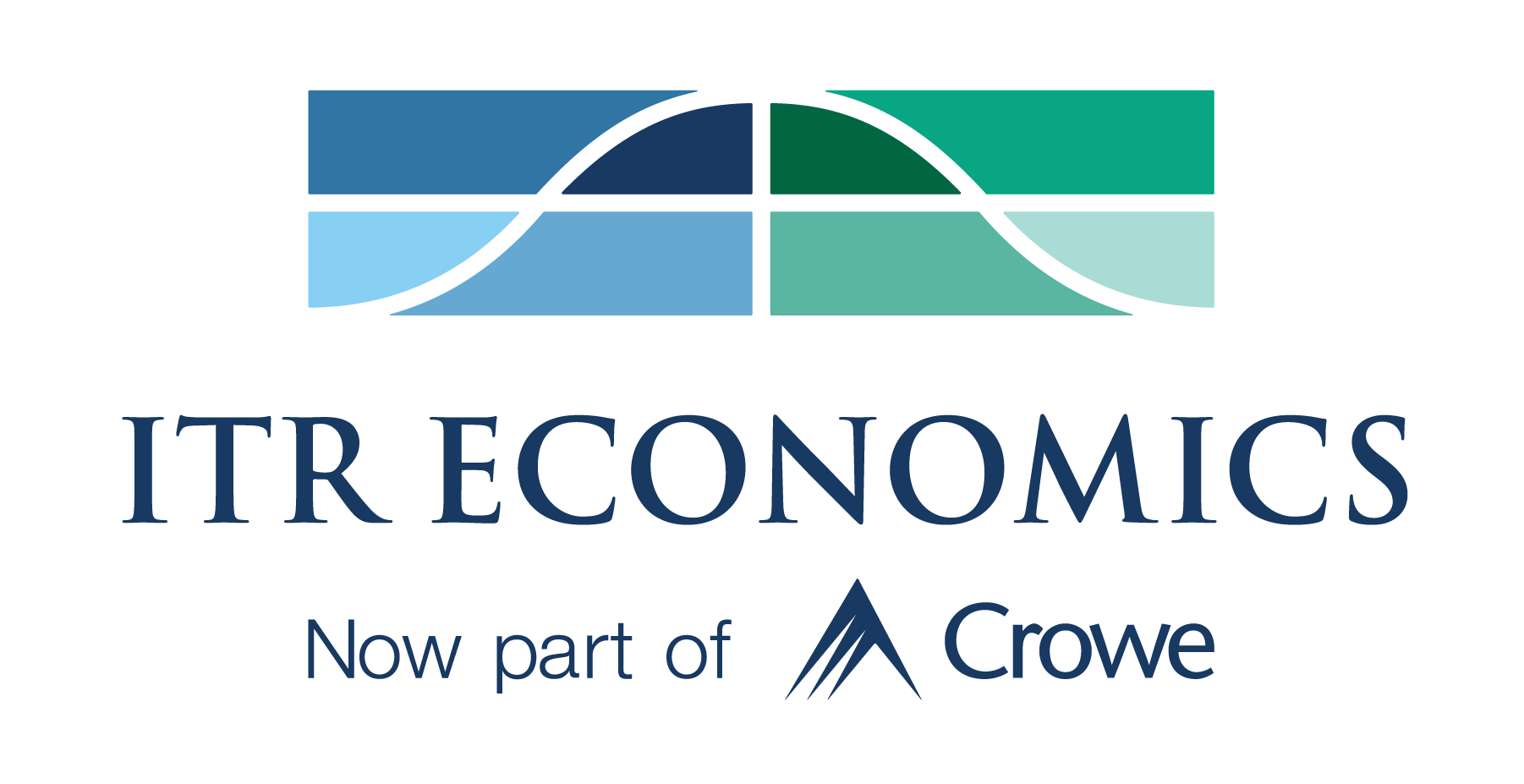- Mon - Fri: 8:30 - 5:00
- +1-603-796-2500
- ITR@itreconomics.com
August 4, 2023
- Home
- portfolio
- TrendsTalk
- August 4, 2023
with Taylor St. Germain
RESIDENTIAL HOUSING MARKET
Economic trends are pointing towards early signs of recovery for the residential housing market. What exactly are the leading indicators telling us, and what can businesses expect for timing? Find out in our latest TrendsTalk episode with ITR Economist Taylor St. Germain!
The below transcript is a literal translation of the podcast audio that has been machine generated by Rev.
Hi everyone. My name’s Taylor St. Germain. I’m an economist with ITR Economics and welcome to this edition of Trends Talk. Today, I wanted to talk about the residential housing market. We’re seeing early signs of a recovery in the residential housing market. I wanted to point to a few metrics that we’re following in terms of highlighting that recovery. And I’d also like to point out that there’s more information coming on the residential housing market. In the second half of August, I’ll be hosting a webinar recording for our Insider subscribers (learn more), and that’ll be available in the second half of August. We’re going to take a deep dive into the residential housing market, looking at some of the regional opportunities in our forecast out for 24 and 25. But enough with that, let’s look at the current state of the housing market and where we’re at in the overall economic cycle.
When we look at US single unit housing starts, which is one of our benchmarks for the residential market, we’ve seen some pretty significant decline since that post pandemic rise that we experienced in residential housing. The rates of change have really been declining in the residential housing market since that middle of 2021 timeframe. They crossed below the zero line in early 2022, meaning that single family housing market has been contracting ever since. However, we’re starting to see that low point form and see signs of recovery. When we look at the three 12 rate of change, that’s currently at minus 13.8% for US single family housing starts, that’s above the 12/12 rate of change, which is currently at minus 21.9% at the time of this recording. Now for those of you that know ITR and are checking points in our methodology, that’s a good sign.
When the 3/12 reaches a low and upward passes the 12/12 rate of change, that’s a positive sign. It’s one of the first signs that indicates that the recovery in the housing market is on. So at this point, we are expecting that this low forms and holds for the middle of 2023 for the single family market as these rates have changed, continue to work their way back towards the zero line. So again, we’re still below the year ago level, but that pace of decline is easing, and that’s good news for the recovery in the housing market. Another metric that we look at as it relates to housing starts is looking at permits. Now, we don’t get a really long lead time out of looking at an indicator like permits. It depends on the cycle, but you can typically get a two to three month lead time when you compare permits to starts.
And similar to the 3/12 rate of change for starts, we’re seeing the 3/12 rate of change for permits rising back up towards that zero line. So permits have bounced off a low and are currently the 3/12 rate of change for housing permits is at minus 15.1%. So again, we’re in that same spot of the economic business cycle, whether you’re looking at permits or the 3/12 rate of change for housing starts, and that’s phase A recovery as we identify it at ITR. And again, that means we’re still below the year ago level, but that pace of decline is easing. That points to early signs of recovery. The other thing we watch very closely as it relates to the housing market is mortgage rates. The 30-year conventional mortgage rate hit a high 20-year high at 6.9%.
Since then, we’ve seen that mortgage rate come down a little bit. It’s currently at 6.7%. Now, that number’s very indicative and driven by what the Fed’s likely to do with the federal funds rate. You can see the correlation between the mortgage rate and the Fed funds rate when you look at the data historically. So we’ll continue to watch the Fed and you can watch and learn more about our perspective on the Fed’s move by tuning into our CEO’s Fed Watch. But we’re starting to get a little bit of alleviation in that mortgage rate coming off that 20 year high.
So it’s still very early in the recovery for the housing market. We’re waiting for more data, we’re watching our leading indicators, but in the last couple of months, we’re seeing those signs that the recovery in the housing market is really beginning to form. So good news out there for the builders. And as that mortgage rate is likely to come down in 24 and 25, that’ll be good news for the buyers as well. So again, I’ll have a webinar coming up in the second half of August for everyone to tune into with more information on the housing market. But for now, I hope you found some of this information helpful. My name’s Taylor St. Germain with ITR Economics, and thanks for joining me on this episode of Trends Talk.




